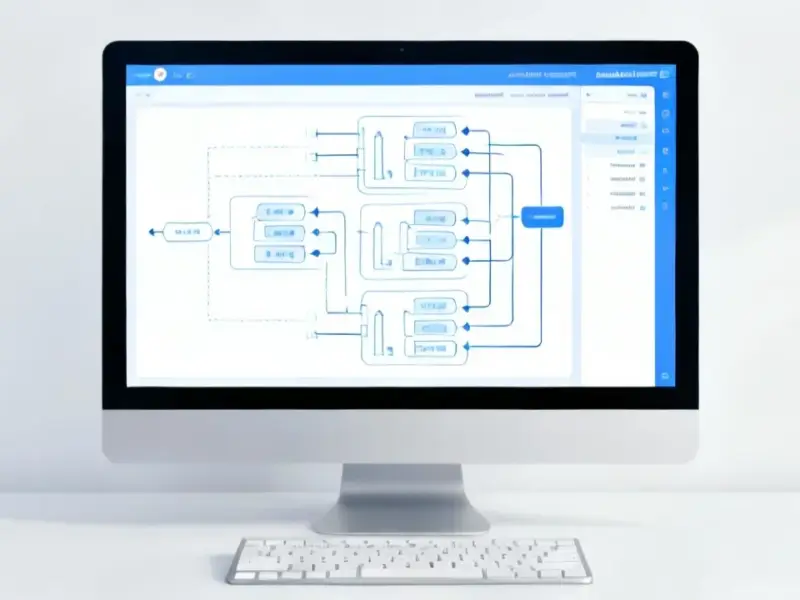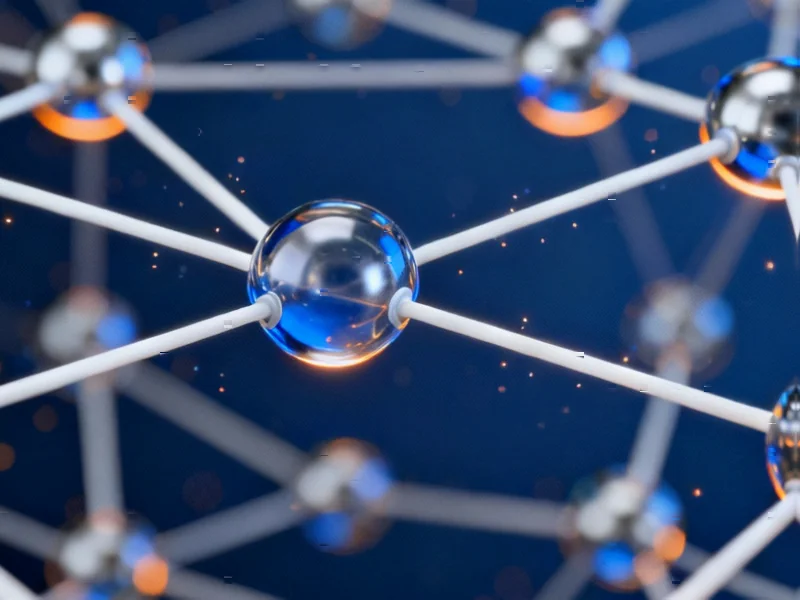According to TechCrunch, OpenAI CEO Sam Altman and Microsoft CEO Satya Nadella revealed on the BG2 podcast that AI’s biggest bottleneck has shifted from chip supply to power availability. Microsoft currently faces the unusual problem of having too many AI chips without adequate data center capacity to deploy them, with Nadella stating “that is my problem today.” The executives highlighted that electricity demand from data centers has been outpacing utilities’ planning for five years, forcing developers to create “behind-the-meter” power arrangements. Altman warned that companies could face significant financial exposure if cheaper energy technologies emerge while they’re locked into long-term contracts, and he cited AI efficiency improvements averaging “40x per year” as creating “a very scary exponent from an infrastructure buildout standpoint.” This infrastructure crisis reveals the fundamental collision between digital scaling and physical constraints.
When Digital Ambition Meets Physical Reality
The AI industry’s current predicament represents a classic case of technological hubris meeting physical reality. For decades, software companies operated under Moore’s Law assumptions where compute capacity doubled regularly with minimal physical infrastructure changes. But AI training and inference represent a fundamentally different computational paradigm—they’re not just running code, they’re running energy-intensive matrix operations at unprecedented scale. The shift from algorithmic efficiency to brute-force computation means we’ve effectively traded software complexity for energy consumption, and the physical world isn’t keeping up.
What makes this particularly challenging is the mismatch between technology development cycles and energy infrastructure timelines. While NVIDIA can design and ship new GPU architectures in 1-2 year cycles, building a new power plant typically takes 5-10 years. Data center construction falls somewhere in between, but as Nadella’s comments reveal, even “warm shells” ready for equipment are becoming scarce. This creates a fundamental timing problem where AI companies must make billion-dollar infrastructure bets years before they know what computational approaches will prove most effective.
The Energy Contract Trap and Stranded Assets
Altman’s warning about companies getting “extremely burned with existing contracts” points to a deeper financial risk that could reshape the entire AI industry. We’re seeing the emergence of what energy analysts call “contract Darwinism”—where companies that locked in long-term power agreements at today’s rates could either gain massive competitive advantages or face catastrophic liabilities depending on which energy technologies prove dominant.
The nuclear investments Altman has made through Oklo and Helion represent one possible future, but these technologies remain years from commercial viability. Meanwhile, solar deployment is accelerating but faces its own limitations in reliability and grid integration. The real risk isn’t just paying too much for power—it’s building infrastructure around energy sources that become obsolete before the facilities are fully depreciated. This could create stranded assets on a scale we haven’t seen since the dot-com bubble.
Jevons Paradox: The Efficiency Trap
Altman’s reference to Jevons Paradox reveals the core strategic dilemma facing AI companies. The paradox suggests that as AI becomes more computationally efficient, we won’t use less compute—we’ll find new, more demanding applications that consume even more resources. This creates a feedback loop where efficiency gains drive demand growth, which in turn increases total energy consumption.
The dangerous assumption here is that this growth can continue indefinitely. Historical precedent suggests otherwise—every technology eventually hits physical or economic limits. The question isn’t whether AI growth will slow, but what happens when it does. Companies betting on perpetual exponential growth in compute demand could find themselves with massively overbuilt infrastructure and power contracts they can’t fulfill. The transition from growth phase to maturity phase is often brutal for infrastructure-heavy industries, and AI may be no exception.
The Coming Regulatory Storm
What neither executive mentioned, but looms large, is the regulatory environment. As data centers consume ever-larger portions of regional power grids, we’re likely to see pushback from both regulators and communities. We’ve already seen hints of this in places like Ireland and Singapore where data center development has faced moratoriums due to grid capacity concerns.
The environmental impact of AI’s energy consumption will inevitably draw scrutiny, particularly if companies resort to fossil fuels to bridge the gap between demand and renewable capacity. The very modularity that makes solar attractive for rapid deployment also makes it difficult to scale to the terawatt levels AI companies envision. This could force difficult choices between AI development speed and environmental commitments—choices that may ultimately be made by regulators rather than tech executives.
The fundamental truth emerging from this power crisis is that AI isn’t just a software problem anymore—it’s an infrastructure problem, an energy problem, and ultimately a societal problem. The companies that navigate this transition successfully will be those that recognize they’re no longer just building algorithms, but building the physical foundation for the next era of computing.




